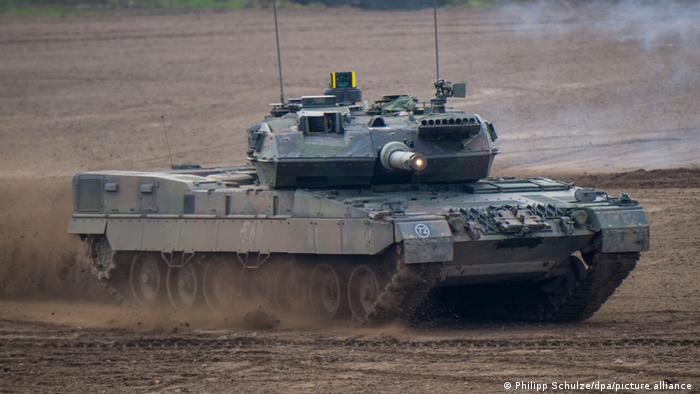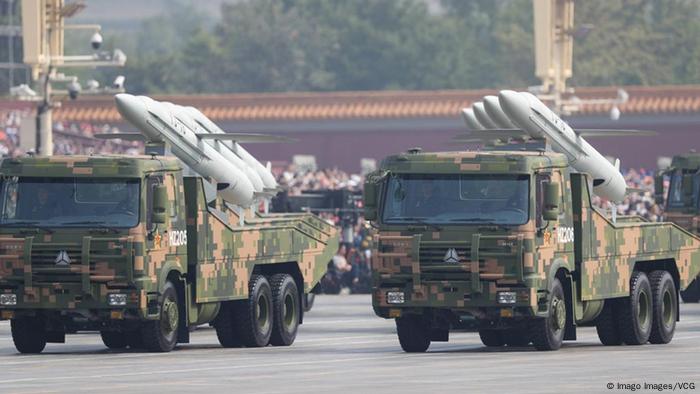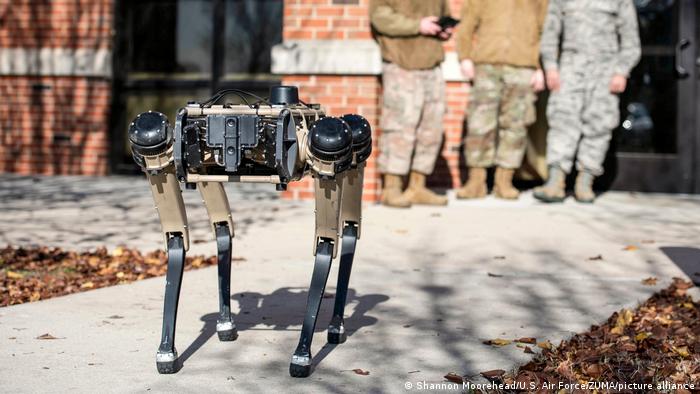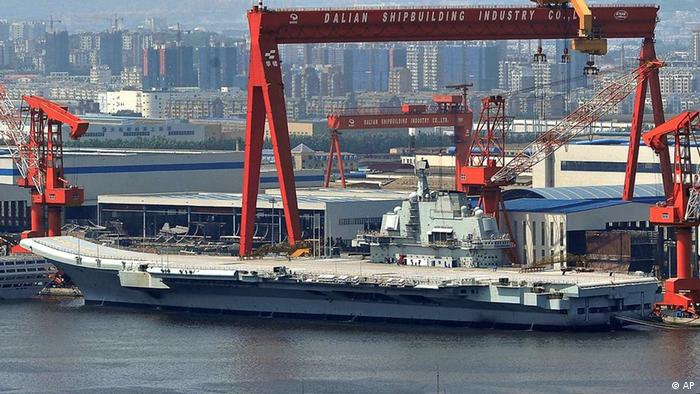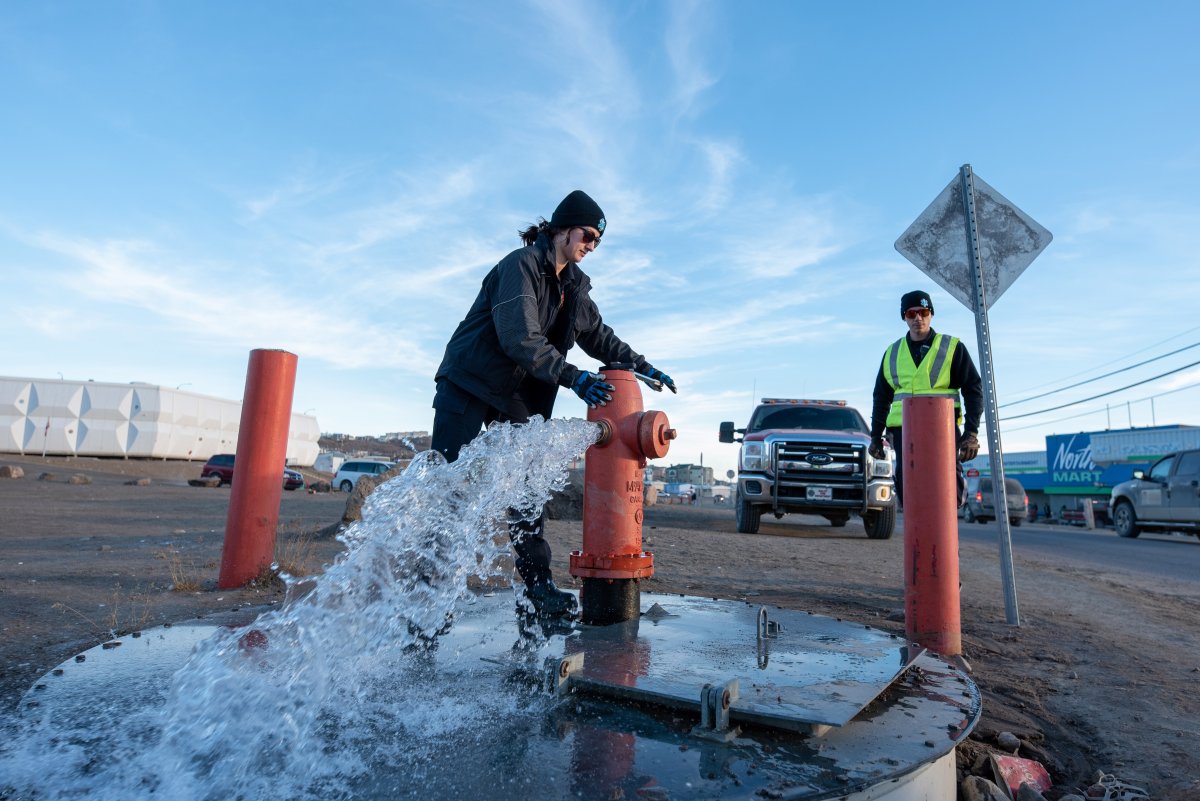UPDATED
Indonesia volcano erupts again, hampering rescue operations

Haeril Halim
Indonesia's Mount Semeru spewed more ash on Monday, hampering the search for survivors as aerial images showed the extent of the devastation unleashed by the volcano's deadly weekend eruption.
The biggest mountain on the island of Java thundered to life Saturday, ejecting a mushroom of volcanic ash high into the sky and raining hot mud as thousands of panicked people fled their homes. At least 15 were killed.
Aerial photos showed entire streets filled with grey volcanic ash and mud, which had swallowed many homes and vehicles, including whole trucks.
Indonesia's national disaster agency said 27 people were still missing.
"I'm still hoping my son will be found... Every time I hear victims have been found, I hope it is my son," said Maskur Suhri of Sumberwuluh village, who was collecting palm tree sap when Semeru erupted.
"There's a very small chance he survived... Maybe it's my son's fate, but I still hope he will be found, even just his body."

Fresh volcanic activity on Monday hampered search efforts, forcing rescue teams to pull out from some areas.
"There was a small fresh eruption and it could endanger the evacuation teams," said rescue worker Rizal Purnama.
Dangerous thick plumes of smoke continued to emerge from areas blanketed by the volcanic ash, while rescuers in hardhats tried to dig through the mud to try and find survivors -- and recover bodies.
Their task was made more difficult as the volcanic debris had started to harden.
"It's very difficult... with simple tools," Rizal Purnama said. "It is very likely bodies that have not been found are buried under the hot mudflow."
Other rescuers helped desperate villagers salvage their belongings from wrecked homes. Some locals lifted mattresses and furniture on their shoulders while others carried goats in their arms.


Officials have advised people not to travel within five kilometres of Mt Semeru's crater (AFP/ADEK BERRY)
- 'I could only pray' -
Officials have advised locals not to travel within five kilometres (3.1 miles) of Semeru's crater, as the nearby air is highly polluted and could affect vulnerable groups.
Ash from Semeru travelled up to four kilometres away after the Saturday eruption, Indonesia's geological agency reported.
A sand mine company's office in Kampung Renteng village was buried after the eruption, trapping 15 people, according to foreman Hasim, 65, who like many Indonesians goes by one name.
"There's no news from them. Only one operator was rescued, he's now at the hospital with burns," he told AFP.
Hasim said he ran home after the eruption.
"It was pitch dark," he added. "It was only 3 pm but it looked like night."
Rescue officials said some were buried inside their vehicles, with no time to escape.
Those who managed to find shelter recounted the horror after the eruption.
Suwarti Ningsi and her daughter were trapped for five hours at home after the eruption.
"I couldn't see anything, it was just like at night. Everybody was panicking," said the 42-year-old.
"I could only pray... for me and my daughter to be saved."

- Threat of rain -
The ash and mud have also polluted the waterways around Mt Semeru, turning them into streams of dark grey sludge.
Rain is forecast for the area, which could further hinder rescue work.
There is also a risk of the rain causing ash sediment to form a new river of hot lava, the country's top volcanologist Surono told a local TV station.
Mt Semeru's last major eruption was in December 2020, which also forced thousands to flee and wrecked villages.
Indonesia sits on the Pacific Ring of Fire, where the meeting of continental plates causes high volcanic and seismic activity, and the country has nearly 130 active volcanoes.
In late 2018, an eruption in the strait between Java and Sumatra islands caused an underwater landslide and tsunami that killed more than 400 people.
hrl-dsa/qan/reb
Videos show residents fleeing in terror as Indonesia's Mount Semeru volcano suddenly erupts and spews a gigantic ash cloud
Joshua Zitser
Sat, December 4, 2021,

People flee as Mount Semeru in Indonesia eruptsBNPB Indonesia
Mount Semeru in Indonesia erupted on Saturday, killing at least one person.
Health officials say at least 41 people have burn injuries, per Sky News.
Videos, shared on social media, show terrified people running away from a gigantic ash cloud.
Residents fled in terror as Mount Semeru, the tallest volcano on the Indonesian island of Java, spewed a gigantic plume of ash for the second time in a year.
The eruption, which began on Saturday afternoon, has killed at least one person, per Sky News.
Other videos, shared on social media, show parts of Java plunged into darkness. BBC News reported that witnesses said a thick rain of volcanic ash from the eruption was blotting out the sun in two districts.
Health officials said that at least 41 people had burn injuries, Sky News reported.
Around 30 buildings were destroyed in the eruption, the media outlet said.
Thoriqul Hal, a local official, told Reuters that a bridge in the area had also been badly damaged.
A video shared on Twitter appears to show the bridge before and after the eruption.
"This has been a very pressing, rapid condition since it erupted," Hal said.
Videos of Saturday's eruption show terrified locals trying to run away from a huge, fast-moving ash cloud.
Budi Santosa, chief executive of the East Java Regional Disaster Management Agency, told reporters during a Saturday press conference that his team is currently trying to conduct evacuations and is preparing refugee camps for displaced residents.
The 3,676-meter volcano last erupted in January, causing no deaths.

By AGOES BASOEKI

1 of 15
LUMAJANG, Indonesia (AP) — The death toll following the eruption of the highest volcano on Indonesia’s most densely populated island of Java has risen to 13, with seven people still missing, officials said Sunday as smoldering debris and thick mud hampered search efforts.
Mount Semeru in Lumajang district in East Java province spewed thick columns of ash more than 12,000 meters (40,000 feet) into the sky, and searing gas and lava flowed down its slopes after a sudden eruption Saturday triggered by heavy rains. Several villages were blanketed with falling ash.
A thunderstorm and days of rain, which eroded and finally collapsed the lava dome atop the 3,676-meter (12,060-foot) Semeru, triggered the eruption, said Eko Budi Lelono, who heads the geological survey center.
He said flows of searing gas and lava traveled up to 800 meters (2,624 feet) to a nearby river at least twice on Saturday. People were advised to stay 5 kilometers (3.1 miles) from the crater’s mouth, the agency said.
“Thick columns of ash have turned several villages to darkness,” said Lumajang district head Thoriqul Haq. Several hundred people were moved to temporary shelters or left for other safe areas, he said, adding that a power blackout hampered the evacuation.
The debris and lava mixed with rainfall formed thick mud that destroyed the main bridge connecting Lumajang and the neighboring district of Malang, as well as a smaller bridge, Haq said.
Despite an increase in activity since Wednesday, Semeru’s alert status had remained at the third highest of four levels since it began erupting last year, and Indonesia’s Volcanology Center for Geological Hazard Mitigation did not raise it this week, Lelono said.
National Disaster Mitigation Agency spokesperson Abdul Muhari said at least 13 villagers died from severe burns and 57 were hospitalized, including 16 in critical condition with burn injuries. He said rescuers were still searching for seven residents and sand miners along a river in Curah Kobokan village who were reported missing.
Entire houses in the village were damaged by volcanic debris and more than 900 people fled to temporary government shelters, Muhari said.
Liswanto, the head of Semeru’s monitoring post, said his office had informed the community and the miners that hot ash could tumble down from Semeru’s crater at any time, after sensors picked up increased activity in the past week.
But some residents who fled to a government shelter near Lumajang district’s head office said authorities did not convey any information to them about the volcano’s activities.
“Suddenly everything went dark, the bright afternoon turned into night. A rumbling sound and heat forced us to run to the mosque,” said Fatmah, a resident who fled to the shelter from Curah Kobokan, about 5 kilometers (3 miles) from the crater. “It was a far stronger eruption than in January.”
Transportation Ministry spokesperson Adita Irawati said her office issued a notice Saturday for all airlines to avoid routes near the volcano. She said flight operations are still running as scheduled and that authorities will continue to monitor the situation. The Darwin Volcanic Ash Advisory Centre said the spread of volcanic ash from Mount Semeru was detected to the southwest moving at a speed of 50 knots.
Television reports showed people screaming and running under a huge ash cloud, their faces wet from rain mixed with volcanic dust. The last time Semeru erupted, in January, there were no casualties.
Indonesia, an archipelago of more than 270 million people, is prone to earthquakes and volcanic activity because it sits along the Pacific “Ring of Fire,” a horseshoe-shaped series of fault lines.
By Juni Kriswanto
12/04/21
Rescuers in Indonesia raced to find survivors in villages blanketed by molten ash Sunday after the eruption of Mount Semeru killed at least 13 people and left dozens injured, officials said.
The eruption of the biggest mountain on the island of Java caught locals by surprise on Saturday, sending thousands fleeing and forcing hundreds of families into makeshift shelters.
At least 11 villages of Lumajang district in East Java were coated in volcanic ash, submerging houses and vehicles, smothering livestock and leaving at least 900 evacuees seeking shelter in mosques, schools and village halls.

Dramatic footage showed Semeru pumping a mushroom of ash into the sky, looming over screaming residents of a nearby village as they fled.
"The death toll is now 13 people. Rescuers found more bodies," national disaster mitigation agency spokesman Abdul Muhari told AFP, without specifying the cause of death.
Two of the victims have been identified, he said in a later statement.
At least 57 people including two pregnant women were injured in the eruption, of whom 41 suffered burns and were hospitalised, the agency said in a press release.

President Joko Widodo on Sunday ordered a rapid emergency response to find victims and treat the injured after the scale of the disaster became clear, said state secretary Pratikno, who like many Indonesians goes by only one name.
As many as 10 trapped people were rescued from areas surrounding Lumajang, according to Muhari, as villagers and rescuers worked through the night to find anyone trapped or retrieve bodies.
Local broadcaster Kompas TV reported those rescued were local workers at a sand mining site.

Evacuations were temporarily suspended on Sunday due to hot ash clouds, Indonesia's Metro TV reported, highlighting the difficulty of the rescue operation.
There is also a risk of heavy rain causing ash sediment to form a new river of hot lava, the country's top volcanologist Surono told the station.
Most of those burnt in the immediate aftermath misunderstood the size of the eruption and subsequent lava flow so had stayed in their villages, Lumajang Public Order Agency spokesman Adi Hendro told AFP.
"They did not have time to run away," he said.

At least seven people remain missing after the eruption, Hendro said, including two who authorities believe are still alive.
"There were signs they are still alive as there were lights maybe from their cellphones," he said.

"But we cannot go there as the ground is still very hot. We want to ensure our team's safety too."
Lava mixed with debris and heavy rain had already destroyed at least one bridge in Lumajang, preventing rescuers from immediately accessing the area.
But emergency services footage on Sunday showed a desolate scene in the village of Kebon Renteng swallowed by the eruption, with roofs of houses protruding from a coat of mud that destroyed them.
Rescue workers dressed in bright orange uniforms worked against a dark-grey backdrop in the village of about 11,000, now a scene of ruin with buckled buildings and fallen trees.
In other areas, distressed villagers desperately tried to salvage their belongings from wrecked homes. Some held mattresses and furniture on their shoulders while others carried goats alive in their arms.
The rescue teams were using heavy loaders to remove debris and clear roads, Muhari said.
Locals have been advised not to travel within five kilometres (3.1 miles) of Semeru's crater, as the air around it is highly polluted and could affect vulnerable groups, he added.
"For now, we urge people not to stay because the volcanic ash is still relatively hot," Indra Wibowo, head of the local disaster agency, told Metro TV.
Officials have sent aid to shelters, including food, tarpaulins, face masks, and body bags.
Ash spewed by the volcano travelled up to four kilometres away, Indonesia's geological agency said, reaching as far as the Indian Ocean in the southern part of Java.
But Australia's Volcanic Ash Advisory Centre, which provides advice to the aviation industry, said the ash had now dissipated around Semeru on Sunday, according to satellite imagery.
The volcano's alert status has remained at its second-highest level since its previous major eruption in December 2020, which also forced thousands to flee and left villages covered.
Indonesia sits on the Pacific Ring of Fire, where the meeting of continental plates causes high volcanic and seismic activity.
The Southeast Asian archipelago nation has nearly 130 active volcanoes.
In late 2018, a volcano in the strait between Java and Sumatra islands erupted, causing an underwater landslide and tsunami which killed more than 400 people.



